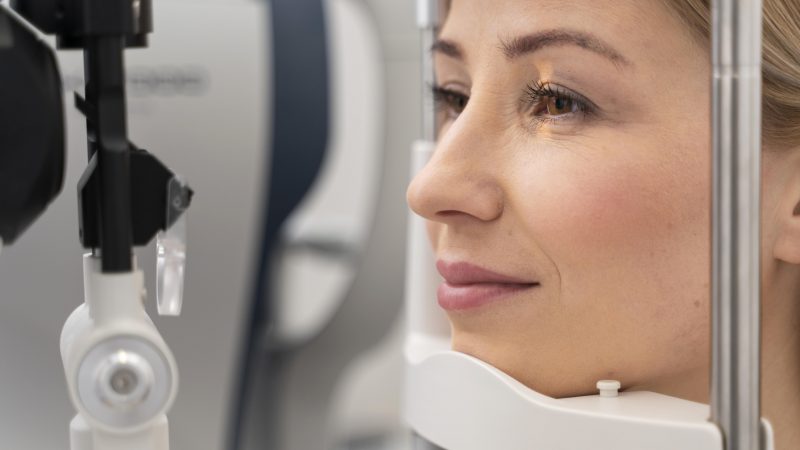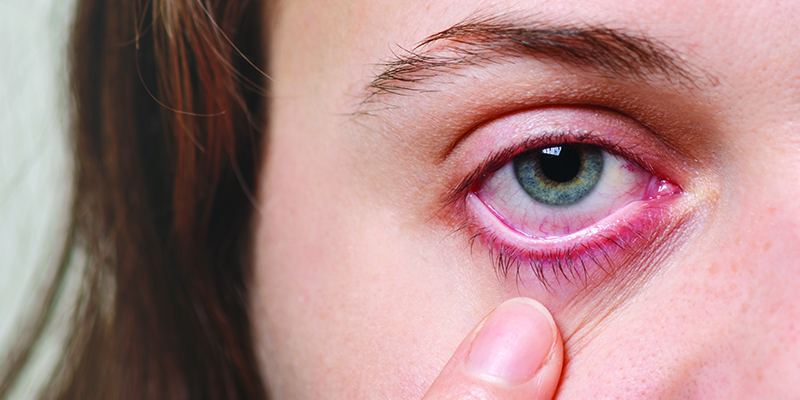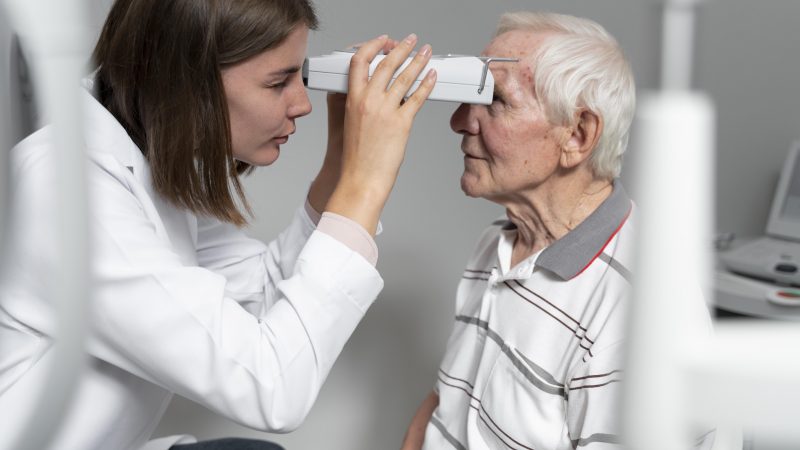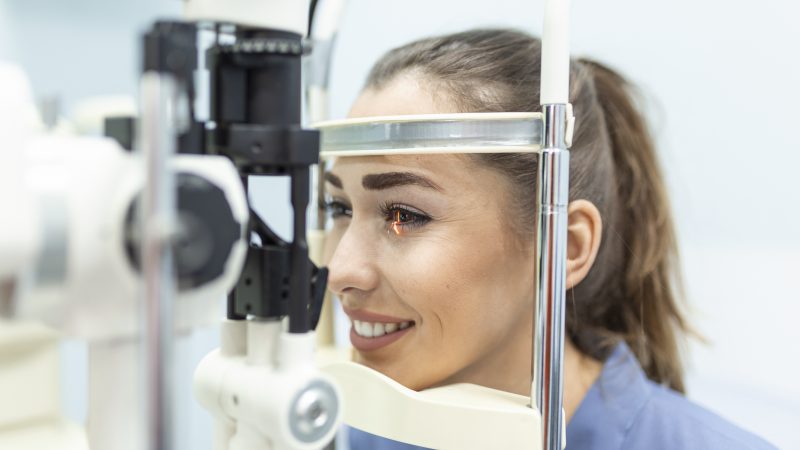Cataracts (Motiyabind): Types, Causes, Sign, Symptoms, Risk Factors
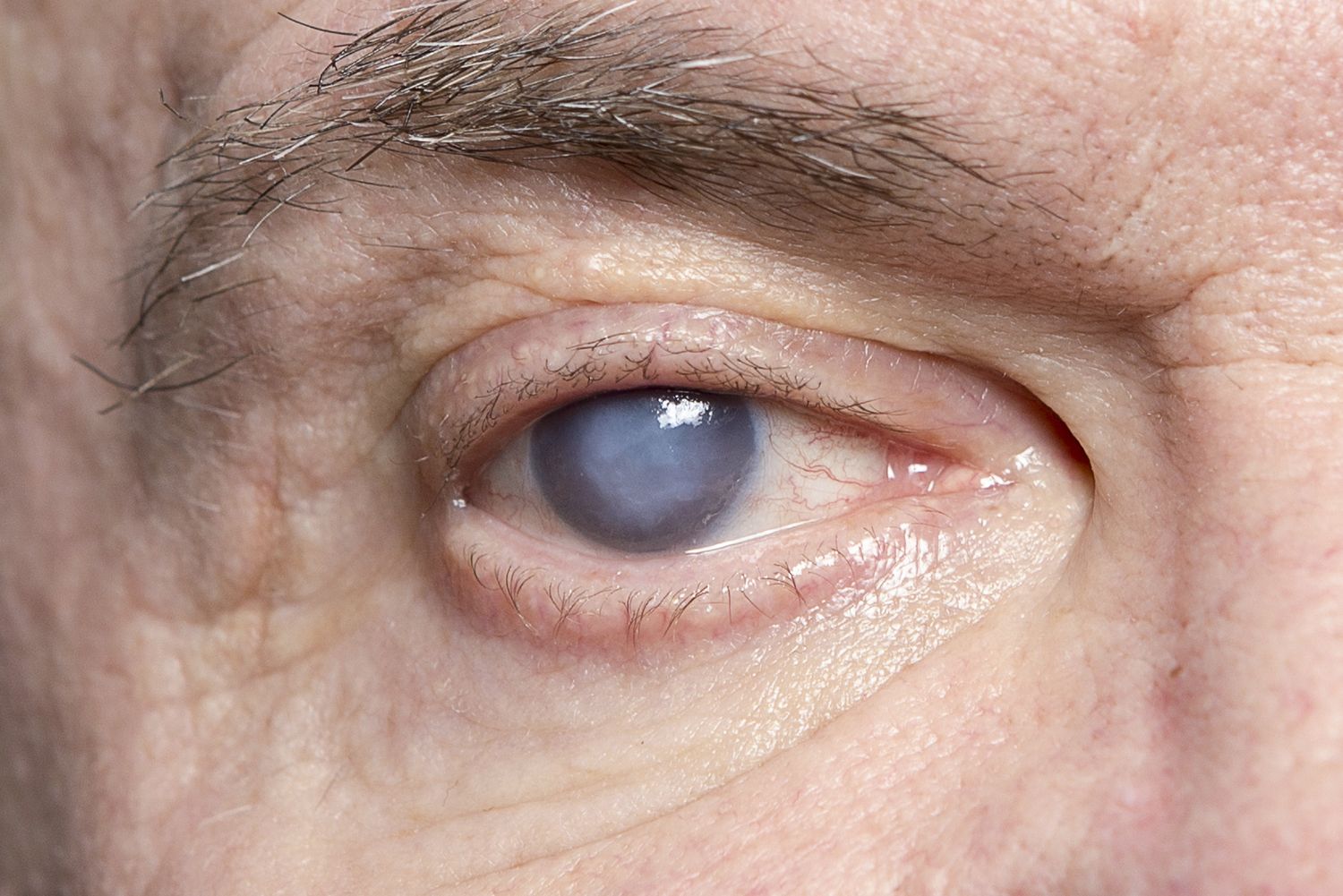
What is Motia or Motiyabind in Eyes (Cataracts)?
Motiyabind in English is called Cataract which is defined as the blurring of the clear lens of our eyes. This white motia in eyes usually haze up our vision and create problems in looking at things clearly. For the people who have white or black motiyabind, looking at things is similar to looking at them through a hazed or fogged up window. Cataracts also create difficulties in reading and driving (especially at night) or seeing a person clearly.
Most cataracts in eyes occur gradually with age and don’t upset our visual perception almost immediately. However, with time, cataracts will ultimately meddle with vision. From the start, more grounded lighting and eyeglasses can help manage cataracts. However, whenever hindered vision meddles with your standard routine, you may require a cataract surgery. Luckily, cataract (motiyabind) surgery is for the most part, a protected and successful procedure.
How or why is a Cataract (Motiyabind) formed?
The lens is situated inside the eye behind the iris (the coloured area of the eye). It shines light on the retina, which sends the picture through the optic nerve to the mind. Notwithstanding, if the lens is blurred by a cataract, light is dissipated so the lens cannot centre it appropriately, messing up the vision.
“The lens is made up of, for the most part, of proteins and water. The obfuscation of the lens may happen because of changes in the proteins and fibres present in the lens.”
What is the main Cause of Cataract (Motiyabind)?
There can be several causes of motia in eyes as a result of which a cataract may be formed. For instance, overproduction of oxidants, ultraviolet radiation and smoking. Also, if you have been on steroids for a long period of time, it may cause cataracts. Also, if a person is diabetic or has undergone trauma, the chances of getting cataract increases.
Take a glance at the list of what causes cataract in the eyes mentioned below:
- Age
- Diabetes
- Too much exposure to the sun, or X-ray
- Obesity
- Hypertension
- Smoking
- Previous eye injuries or inflammation
- Too much alcohol consumption
Types of Cataract (Motiyabind)
There are multiple types of motiyabind which can be found in the patients and we have listed a few of the most common ones below:
- Nuclear cataracts: Nuclear cataracts occur in the lens and cause the core, or the middle, to turn yellow or brown.
- Cortical cataracts: A cortical cataract starts as a whitish, wedge- moulded opacity or streak on the external edge of the lens cortex. As
- it gradually advances, the streaks reach out to the middle and meddle with light going through the centre of the lens.
- Posterior capsular cataracts: In this type of cataract, the back of the lens is affected. It forms faster than nuclear and cortical cataracts.
- Congenital cataracts: Some cataracts may occur since birth or they may develop in childhood. This type of cataract can be genetic or may occur due to an infection or trauma.
Sign & Symptoms of Cataract (Motiyabind)
There can be multiple Motiyabind Symptoms but if you experience these symptoms, chances are that you may have a cataract:
- Shrouded or fogged up vision
- Difficult in seeing, especially at night
- Sensitivity to light
- Colours getting faded or turning yellow
- Seeing halos around lights
- Need for more light during reading
- Rapid rate of fluctuations/increased power of the eyeglasses or contact lens
Diagnostic Procedure of Cataracts (Motiyabind)
For the diagnosis of cataract, you can take a cataract test which can help you get a proper diagnosis of your eye. If you are seeking information on the entire diagnostic procedure for cataracts, please refer to the following key points:
- Visual acuity test where the patient is supposed to read an eye chart to assess how well they can see at various distances.
- A slit-lamp examination is performed which allows the eye care professional to examine the front part of the eye, including the cornea, iris, and lens.
- A retinal examination is done using an ophthalmoscope to examine the retina and the back of the eye. This helps identify any issues with the optic nerve, macula, or other parts of the retina.
- Next could be Tonometry which is a test to measure intraocular pressure (IOP). Increased pressure may be a sign of conditions like glaucoma, which can coexist with cataracts. However, high intraocular pressure is not a definitive indicator of cataracts.
- Then the eyes are dilated using eye drops, allowing the doctor to get a better view of the lens and the back of the eye. This helps in detecting the presence and extent of cataracts.
- A visual field test may also be conducted that will help assess peripheral vision as cataracts can cause changes in visual fields, and this test helps in evaluating any impact on the overall field of vision.
- After a contrast sensitivity test, if cataracts are detected, the doctor may grade them based on their severity followed by deciding a treatment procedure for the same.
Treatment of Cataracts (Motiyabind)
Cataract treatment varies as per the severity of the problem like if a person is facing only mild signs and symptoms, she or he may be prescribed to wear more powerful eyeglasses or lens as these can help manage a mild cataract.
However, cataracts typically deteriorate over a period of time and consequently, towards the end, your specialist will probably prescribe a surgery to eliminate the cataract.
If you are facing such a difficulty then get an opinion on your cataract from the specialists.
Cataract (Motiyabind) Surgery Procedure
Surgery is suggested when the cataract keeps you from carrying your day-to-day exercises, like reading or driving. It is also required to be performed when the cataract meddles with the treatment of other eye issues.
A careful technique, known as phacoemulsification, includes using ultrasound waves to split the lens up and eliminate the defected portions.
Extra-capsular medical procedure includes eliminating the shady piece of the lens through a long cut in the cornea. After medical procedure, a feigned intraocular lens is set where the natural lens was.
Surgery to eliminate a cataract is by and large extremely protected, with a high success rate. A part of the dangers of the cataract medical procedure may include disease, draining and retinal separation. However, the risks of such repercussions are less than 1%. A simple procedure, one can return home the same day after the medical procedure.
Check out the best hospital for laser eye surgery.
Did you know Cataract surgery success rate in India is 98%?
What to expect aft~er a Cataract (Motiyabind) Surgery Procedure?
After undergoing a cataract surgery, you might experience itching, mild discomfort, watery eyes, blurry vision or sensitivity to light.
Your specialist may suggest you to avoid certain activities for a week or so, such as touching your eyes, bending over, lifting heavy things and activities involving risks to the eye.
Recovery
Recovery is usually speedy. Most people recover completely within 7-8 weeks. You can resume your daily activities just after a day or two after the surgery.
Prevention
Some of the preventive measures to stop cataracts from developing are as follows:
- Wear sunglasses outside, in order to protect your eyes from UVB rays of the sun
- Get regular eye checkups & eye tests done
- Quitting smoking can be very beneficial
- Have an antioxidant rich diet which includes fruits & vegetables
- Exercise & try to maintain a healthy weight
- Keep your diabetes & other diseases, if suffering from any, in check.
Final steps
Many people in today’s world suffer from cataracts. It is usually advisable to get the surgery done as soon as you get a cataract as it will worsen with time.
Cost of Cataract (Motiyabind) Surgery or Treatment in Delhi NCR & Ghaziabad
When it comes to cataract (Motiyabind) operation or surgery, there is no better place for it than Ghaziabad & Delhi-NCR. Being the capital of India, it has the best hospitals/clinics for cataract operation or surgery.
Most of the people consider cataract operation or surgery to be an expensive procedure but it is a very cost-effective procedure with average expenditure of INR 85000 up to INR 1.2 lakh.
In order to get the best results, skilled and experienced specialists need to be by your side. Book an appointment at Yashoda Hospital & Research Centre, Nehru Nagar, Ghaziabad we try to assist you in every way possible. We have well trained ophthalmologists who have been practising for years, with tons of medical experience.

